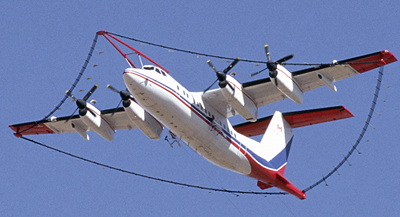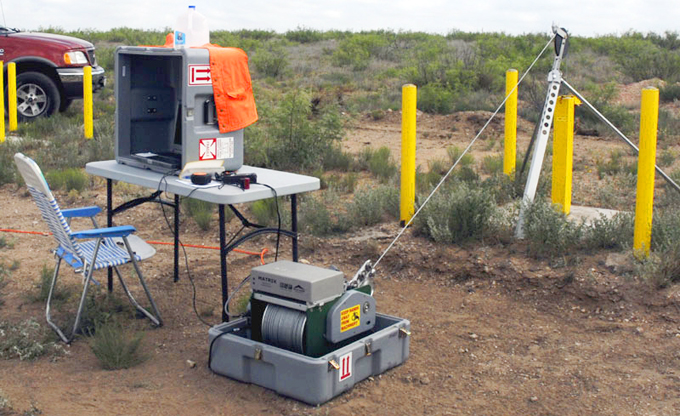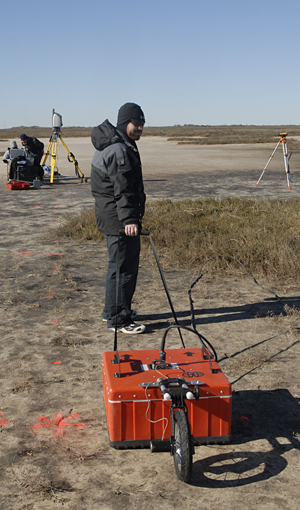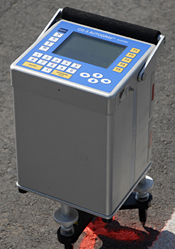
Near-surface ground, borehole, and airborne geophysics
Email: jeff.paine@beg.utexas.edu
Telephone: 512-471-1260

About the Near Surface Observatory (NSO) | Google Scholar
The NSO is an aggregation of several research groups and individuals who conduct studies focused on the surface and near-surface environment. Augmenting the efforts of the researchers, interns, and students is a suite of airborne, surface, and borehole instruments that provide information on the physical properties of the near surface and allow NSO researchers to conduct geologic mapping in diverse environments and studies on coastal hazards and geomorphic change, wetlands status and trends, coastal rookeries vulnerability, landscape characterization and evolution, industrial and critical minerals, periglacial landforms, soils, and water bodies, and soil-moisture monitoring.
Mission
Bureau researchers apply modern geophysical, geologic, and remote-sensing methods to address problems in the surface and near-surface environment. Surface, airborne, and borehole tools scale from regional to local studies involving issues such as coastal geology, surface water and groundwater salinization, neotectonics and surface faulting, subsidence, transportation infrastructure, Quaternary geology, sinkhole characterization and assessment, and many other related topics.
Research Areas
Key Insights
Rather than apply a single favorite approach or all available approaches to a near-surface geological, hydrologic, or engineering issue, we seek to fully understand the issue before selecting a tool or method, identify relevant physical properties that can serve as a reliable proxy for the problem or issue, select the appropriate instruments and platforms (airborne, surface, or borehole), and then design a measurement campaign to address the lateral and vertical scale of the problem. The final step is to analyze and interpret the proxy measurements in a manner that gives insight into the geologic, hydrologic, or engineering issue.



Research Assets

Near-surface ground, borehole, and airborne geophysics
Email: jeff.paine@beg.utexas.edu
Telephone: 512-471-1260

Airborne topographic and bathymetric lidar
Email: kutalmis.saylam@beg.utexas.edu
Telephone: 512-471-1871
© 2021 Bureau of Economic Geology | Web Privacy Policy | Web Accessibility Policy